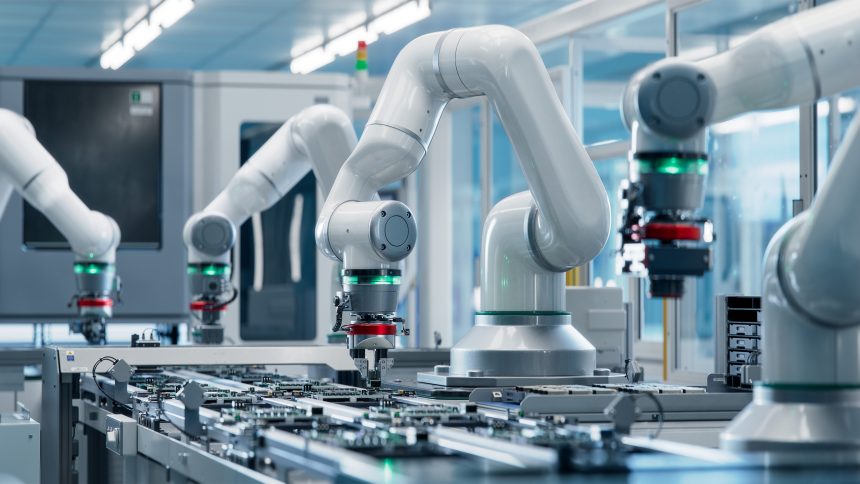Artificial intelligence (AI) isn’t just transforming software; it’s poised to revolutionize the very foundations of how we design hardware. In 2024, we’ll witness AI taking center stage in the hardware design process, enabling faster, more efficient, and optimized solutions.
Key Areas Where AI Will Reshape Hardware Design
- Simulation and Modeling: AI-powered simulation tools will drastically accelerate testing and optimization. Designers will be able to predict and analyze component behavior under various conditions within minutes, significantly streamlining the iterative design process.
- Chip Layout Design: Complex chip design is set to become less time-consuming thanks to AI algorithms. These algorithms can optimize circuit layouts, placing millions of transistors intelligently to maximize efficiency and minimize signal interference.
- Material Discovery: AI will drive the search for new materials tailored for specific applications. By analyzing massive material databases and simulating properties, AI models will identify potential candidates with unprecedented precision for faster development of specialized hardware.
- Automation of Routine Tasks: Tedious and repetitive tasks within the design flow will be offloaded to AI, freeing up designers’ time for creative problem-solving and innovation.
Benefits of AI-Driven Hardware Design
- Faster Time to Market: AI will significantly cut design timelines, enabling products to hit the market faster.
- Increased Efficiency: AI algorithms will identify performance and power optimization opportunities that humans might overlook.
- Reduced Costs: Faster design cycles and improved resource utilization will lower overall design costs.
- Enhanced Performance: AI’s ability to explore vast and unconventional design spaces will lead to hardware breakthroughs.
- Unlocking New Applications: AI-designed hardware will enable the creation of more complex and powerful devices previously deemed unfeasible with traditional techniques.
Challenges to Overcome
- Data Quality: AI models are only as good as the data they’re trained on. High-quality datasets of hardware designs and simulations are crucial to realizing AI’s full potential.
- Explainability: AI models need to be able to explain their decisions and reasoning to build trust among designers.
- Collaboration: Integrating AI into existing design flows requires a seamless human-machine partnership.
Looking Ahead
2024 will be a pivotal year as AI begins to mature as a tool within the hardware design landscape. As AI algorithms advance, we can expect even more revolutionary approaches to emerge, ultimately reshaping the way electronic devices are built. While challenges remain, the potential for transformative innovation is immense.








